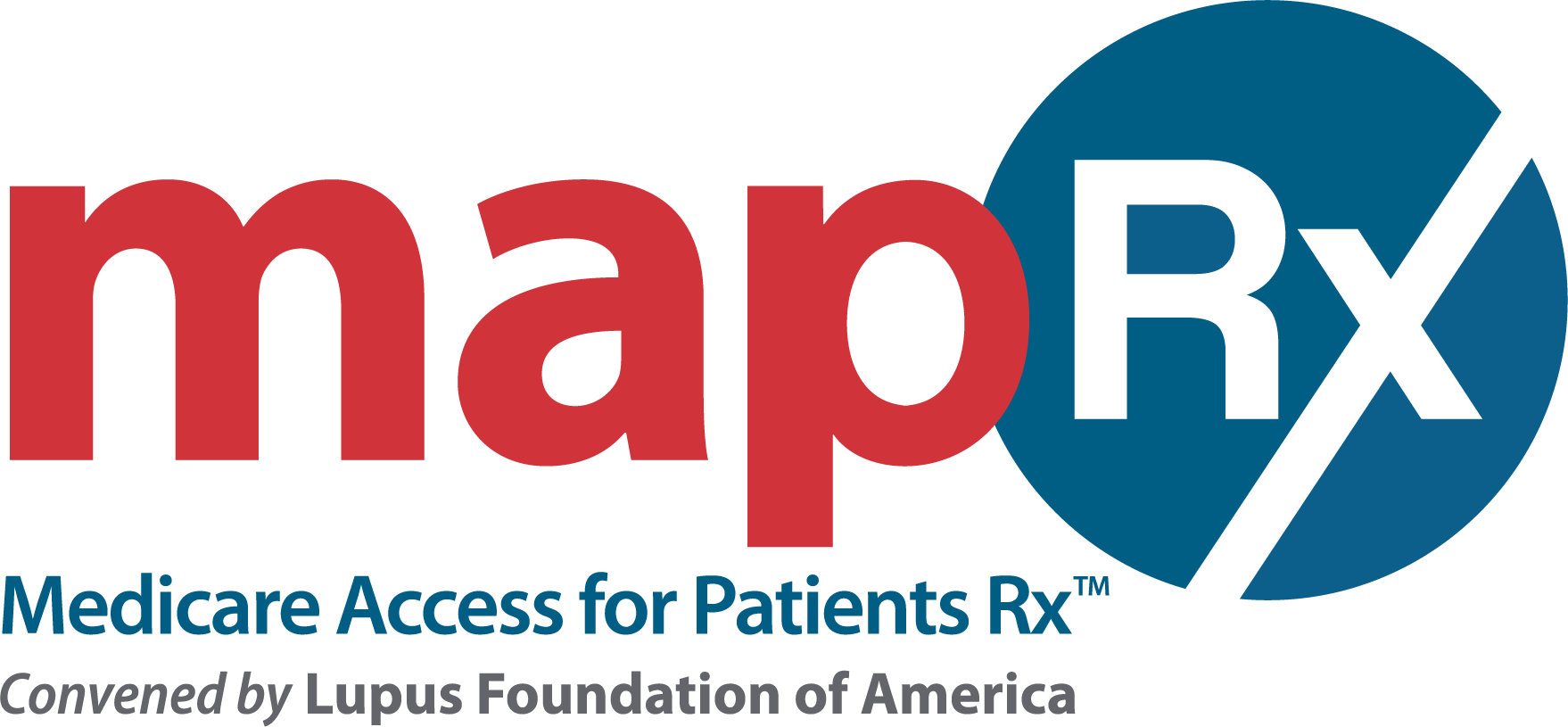2025 Priorities
Protect Medicare Part D from Cuts and Changes that Reduce the Program’s Effectiveness or Burden Beneficiaries
MAPRx understands that potential efforts to reduce deficits and debt will affect everyone in the country and that policymakers will be examining all Federal spending to obtain savings. Imposing cuts or additional burdensome cost-sharing on Medicare Part D beneficiaries is not the way to achieve this goal.
Prohibit Gaps in Coverage
Gaps in coverage result in beneficiaries modifying their drug use by stopping, or reducing, their use of certain medications. From 2006, when the Medicare Part D drug benefit took effect, to 2011, beneficiaries were required to pay 100 percent of their drug costs after their total drug spending exceeded an initial coverage limit until they qualified for catastrophic coverage. Researchers have found some beneficiaries discontinue their drug therapy during the coverage gap. Fortunately, the Affordable Care Act closed this coverage gap in 2020.
Avoid Onerous Cost-Shifting onto Beneficiaries
Many Medicare prescription drug plans have added to their formulary a “specialty tier” for high-cost medications. Unlike lower cost medications, for which beneficiaries usually pay a set co-pay amount, these medications are subject to significant coinsurance, meaning that beneficiaries must pay a percentage of the medication’s cost. For drugs in the specialty tiers, this amount can be anywhere from 25-33%, leaving patients to pay thousands of dollars out-of-pocket for cost prohibitive drugs and biologics used to treat cancer, multiple sclerosis, hemophilia, lupus, rheumatoid arthritis, and other conditions. For many beneficiaries, the result is that they are denied access to the most appropriate, useful medication due to the fact that it is financially out of reach. For those who can afford the drugs, they pay enormous sums out of pocket to maintain their health.
Curb the Use of Restrictive Medication Utilization Management
Many Part D plans now employ medication utilization management tools, such as prior authorization, medication substitution or quantity limits that restrict a beneficiary’s access to drugs. For example, a “fail first” policy requires that beneficiaries prescribed an expensive medication must first use a less expensive or plan preferred medication, experience that medication failure first before the plan will pay for the original prescription. These policies place unnecessary barriers to patients’ access to the medications recommended by their physicians. For many health conditions, such policies threaten patients’ lives, safety and medical stability.
Improve Program Effectiveness for Beneficiaries receiving Low Income Subsidies
Medicare makes additional payments to plans on behalf of beneficiaries entitled to subsidies due to low income and asset levels (often referred to as “LIS beneficiaries.”) Despite outreach efforts, not all eligible beneficiaries have enrolled. In addition, a large number of beneficiaries are required to change plans each year because the premium for their current plan no longer falls below the low-income subsidy level. Changing plans can cause disruption to continuity of care.
For additional information on the MAPRx Coalition, please contact Bonnie Hogue Duffy, MAPRx Coalition Convener, at Bonnie@maprxinfo.org or (202) 429-4017.

